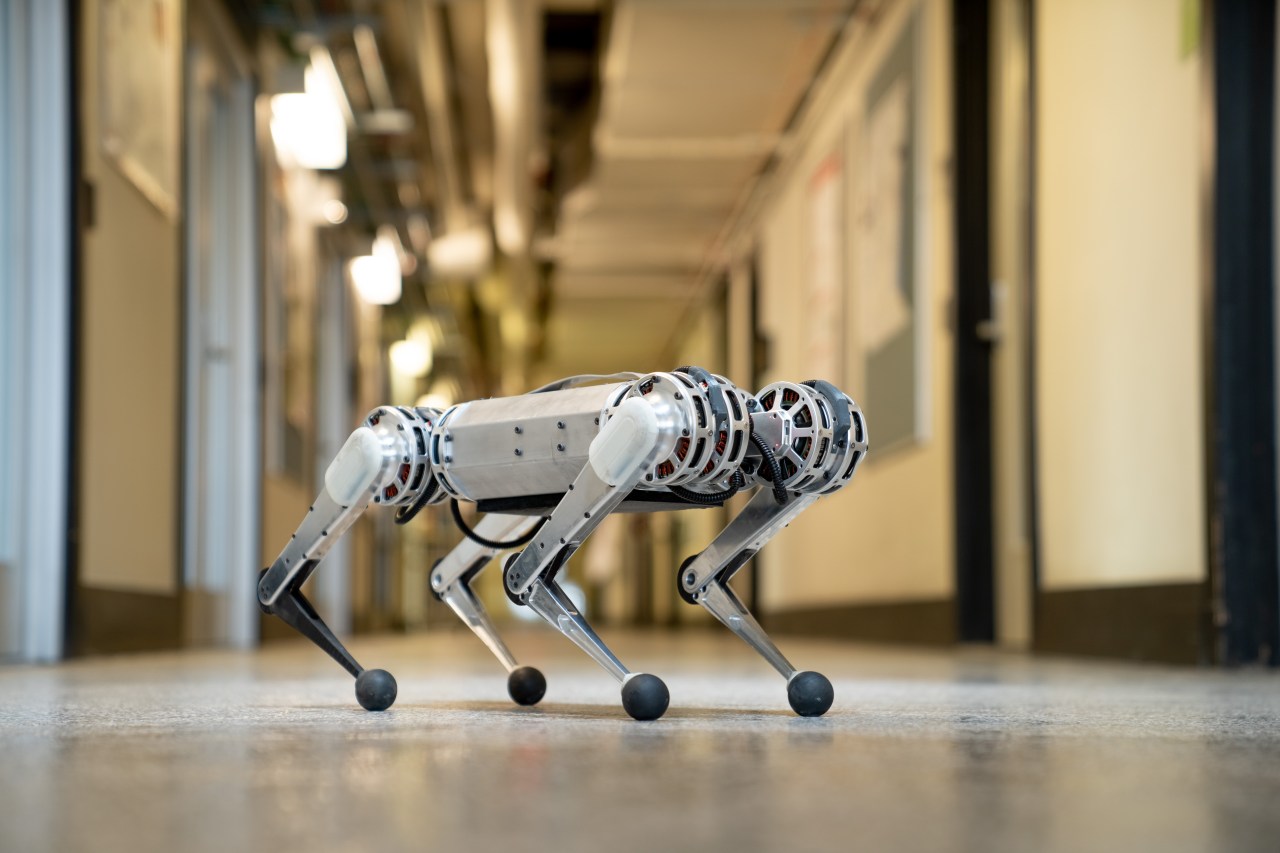When we think of robotics innovation, MIT’s Cheetah team has repeatedly proven to be at the cutting edge. Among their impressive line-up of robots, the Mini Cheetah stands out as a remarkable feat of engineering. Weighing in at a mere 20 pounds, this electric marvel is not just a technological spectacle; it also holds great promise for future developments in robotics.
Unleashing the Robotics Revolution
The Mini Cheetah is not your average robot. Capable of running at speeds up to five miles per hour and performing a 360-degree backflip from a standing position, it embodies a blend of agility and robustness that is often lacking in machines. The MIT Cheetah team has taken a fresh approach, making this robot virtually indestructible, and thus pushing the envelope in robotic capabilities. This resilience allows the Mini Cheetah to recover quickly even from rigorous physical interactions, making it an ideal platform for a variety of research applications.
A Leap Towards Simplicity and Repairs
One of the standout features of the Mini Cheetah is its design simplicity when it comes to maintenance. Composed of four legs, each powered by three affordable electric motors, the design embraces modularity. If a part fails, it can be swapped out effortlessly, allowing the robot to get back in action swiftly. Lead developer Benjamin Katz pointed out that this ease of repair encourages experimentation—engineers are free to test risky ideas without the fear of incurring hefty costs. This flexibility can lead to groundbreaking advancements in robotics, as it promotes a culture of innovation.
The Future of Robotic Research
MIT’s vision for the Mini Cheetah extends beyond mere functionality. They aim to assemble a “mini cheetah research consortium” comprised of engineers who can share ideas, collaborate, and compete to further develop and refine the Mini Cheetah technology. This initiative not only reflects MIT’s commitment to fostering a community of innovation but also emphasizes the need for real-world applications that benefit from collective research. The potential uses for the Mini Cheetah are vast, from search and rescue missions to entertainment and even educational purposes, highlighting its versatility and significance.
Implications for Artificial Intelligence and Robotics
As robotic designs become more advanced, the integration of artificial intelligence appears to be a natural next step. The agility and functionality of the Mini Cheetah present exciting prospects for enhancing AI capabilities. Imagine a future where robots not only perform physical tasks but also adapt intelligently to their environments. The Mini Cheetah represents a building block toward such advancements, proving that simplicity, resilience, and innovation can intersect to foster groundbreaking technologies.
Conclusion: A Bold Step Forward
The innovation represented by the Mini Cheetah is a testament to MIT’s vision and dedication to advancing robotic technologies. With its remarkable abilities and ease of repair, this robot is set to pioneer new research pathways and challenge existing paradigms within the field. As we look toward the future, collaboration and creativity will be key in transforming these initial ideas into revolutionary technologies that can reshape our world.
At fxis.ai, we believe that such advancements are crucial for the future of AI, as they enable more comprehensive and effective solutions. Our team is continually exploring new methodologies to push the envelope in artificial intelligence, ensuring that our clients benefit from the latest technological innovations.
For more insights, updates, or to collaborate on AI development projects, stay connected with fxis.ai.

